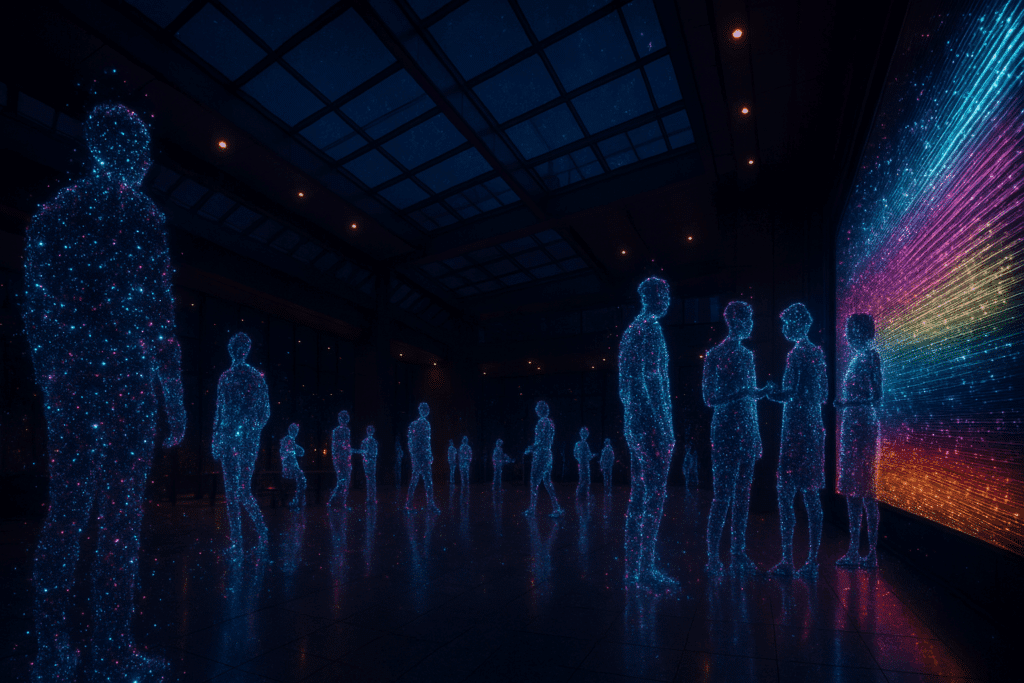WiFi routers can map human presence and convert signal reflections into precise 3D images, but without the need for cameras or connected devices.
 WiFi signals interact within an environment to detect a person’s presence.
WiFi signals interact within an environment to detect a person’s presence.Researchers demonstrate that WiFi signals can be used to identify individuals who are offline and have no electronic devices. Unlike previous systems that depended on LIDAR sensors or complex channel state information, this technique uses existing WiFi devices already active in the area.
It does not rely on the target’s device or network participation. The system works even if a person carries no electronic device or if nearby devices are switched off, as long as other active WiFi sources are present.
The system analyses how WiFi signals interact within an environment to detect a person’s presence, movement, and posture with high accuracy. This shows that standard WiFi networks can serve as tools for tracking people, raising privacy concerns as the technology requires no direct contact or specialised equipment.
The method is developed by researchers at the Karlsruhe Institute of Technology (KIT), who show that every WiFi-enabled environment can provide enough signal variation to build a detailed picture of people nearby. WiFi signals constantly bounce off walls, furniture, and human bodies. By analysing these reflections, the system creates radio-based images similar to visual ones but generated entirely from signal data.
Then the radio-based image is processed to create a visual image using a process called beamforming feedback information (BFI). These unencrypted feedback signals are normally used by routers and connected devices to improve connection quality. By analysing these signals from multiple angles, machine-learning models can construct a 3D map of human activity.
Once trained, the model can identify individuals within seconds. In a study involving 197 participants, the system achieved nearly 100% identification accuracy. The findings suggest that common WiFi routers can be repurposed for passive surveillance without modification, making it possible to track movement or presence in both private and public spaces using only existing network infrastructure.
As a tech journalist at EFY, Janarthana Krishna Venkatesan explores the science, strategy, and stories driving the electronics and semiconductor sectors.

 1 day ago
2
1 day ago
2
.jpeg)






















.jpeg)













 English (US) ·
English (US) ·